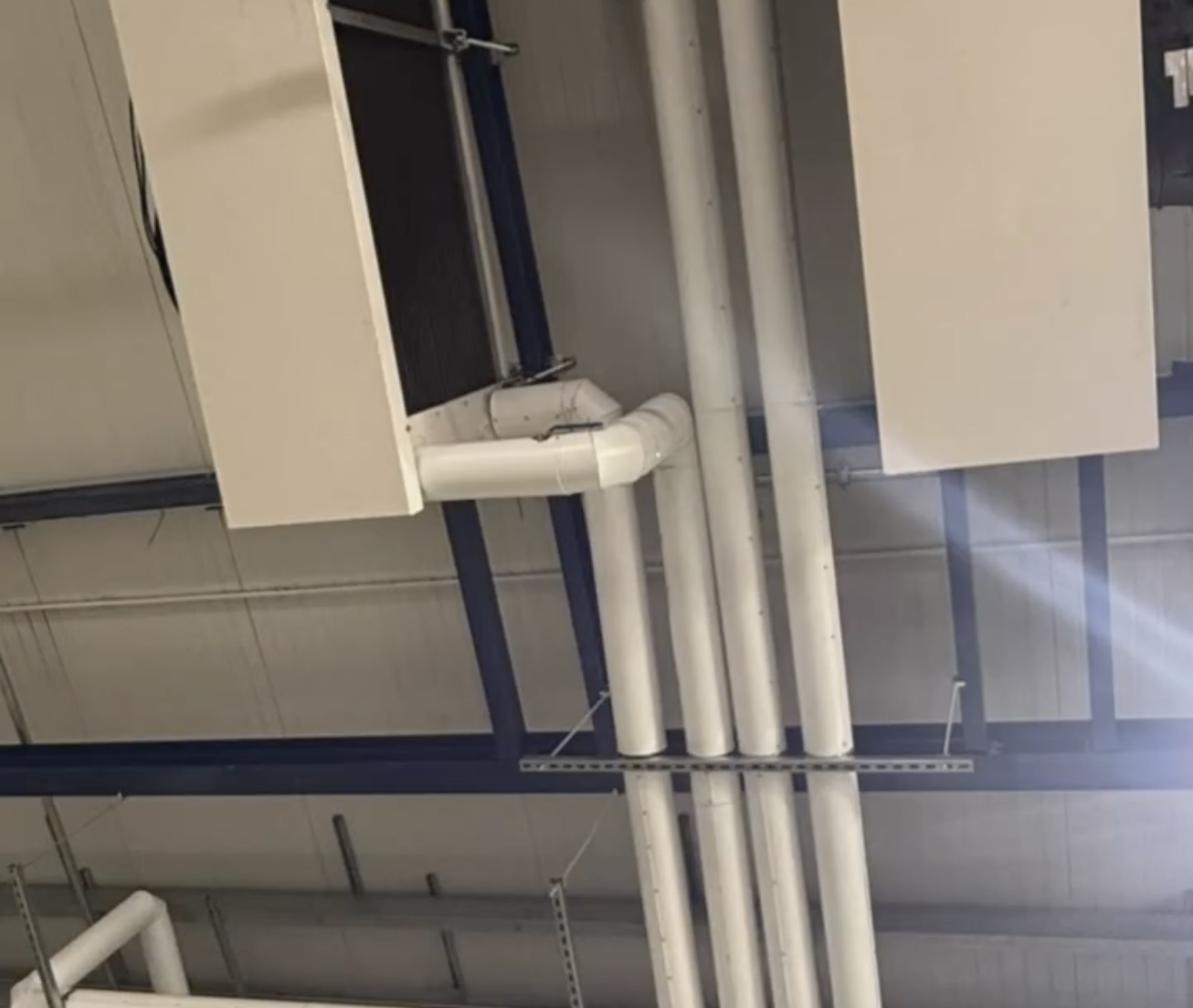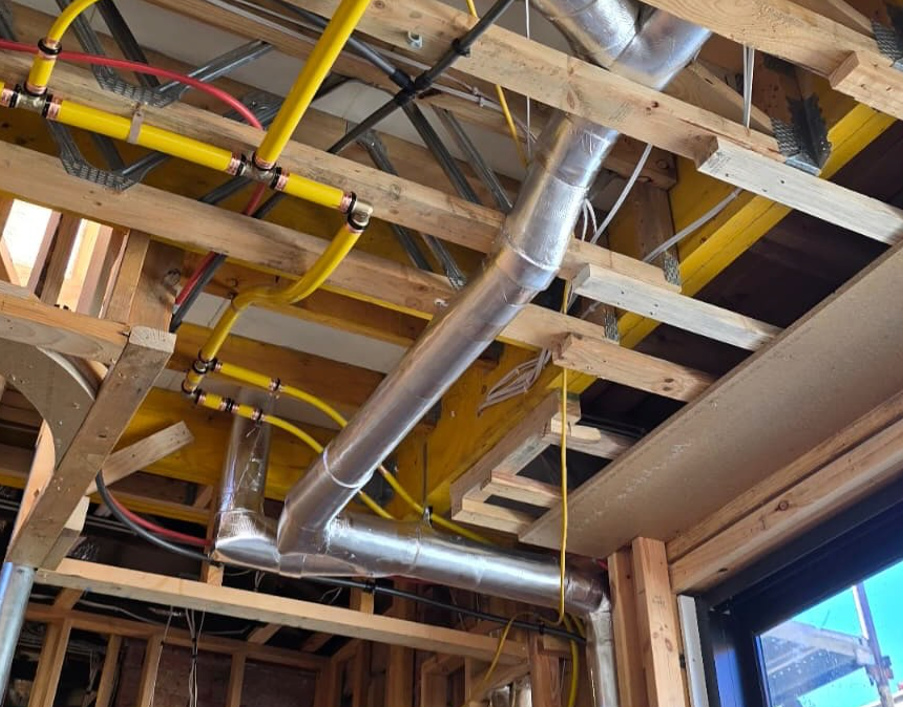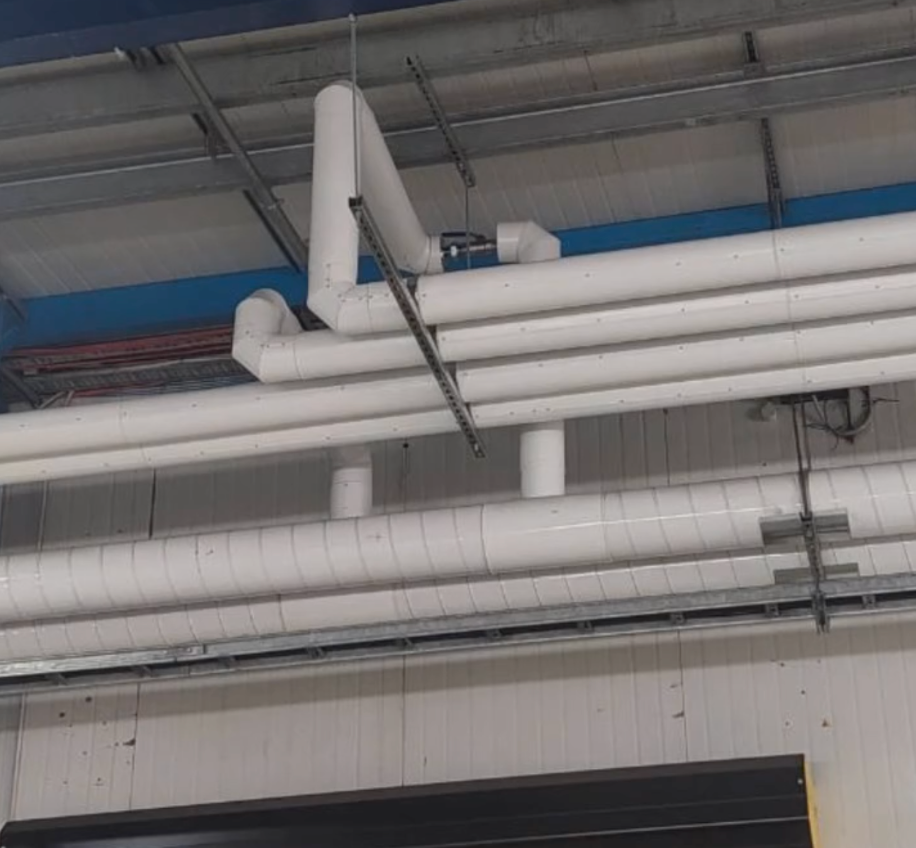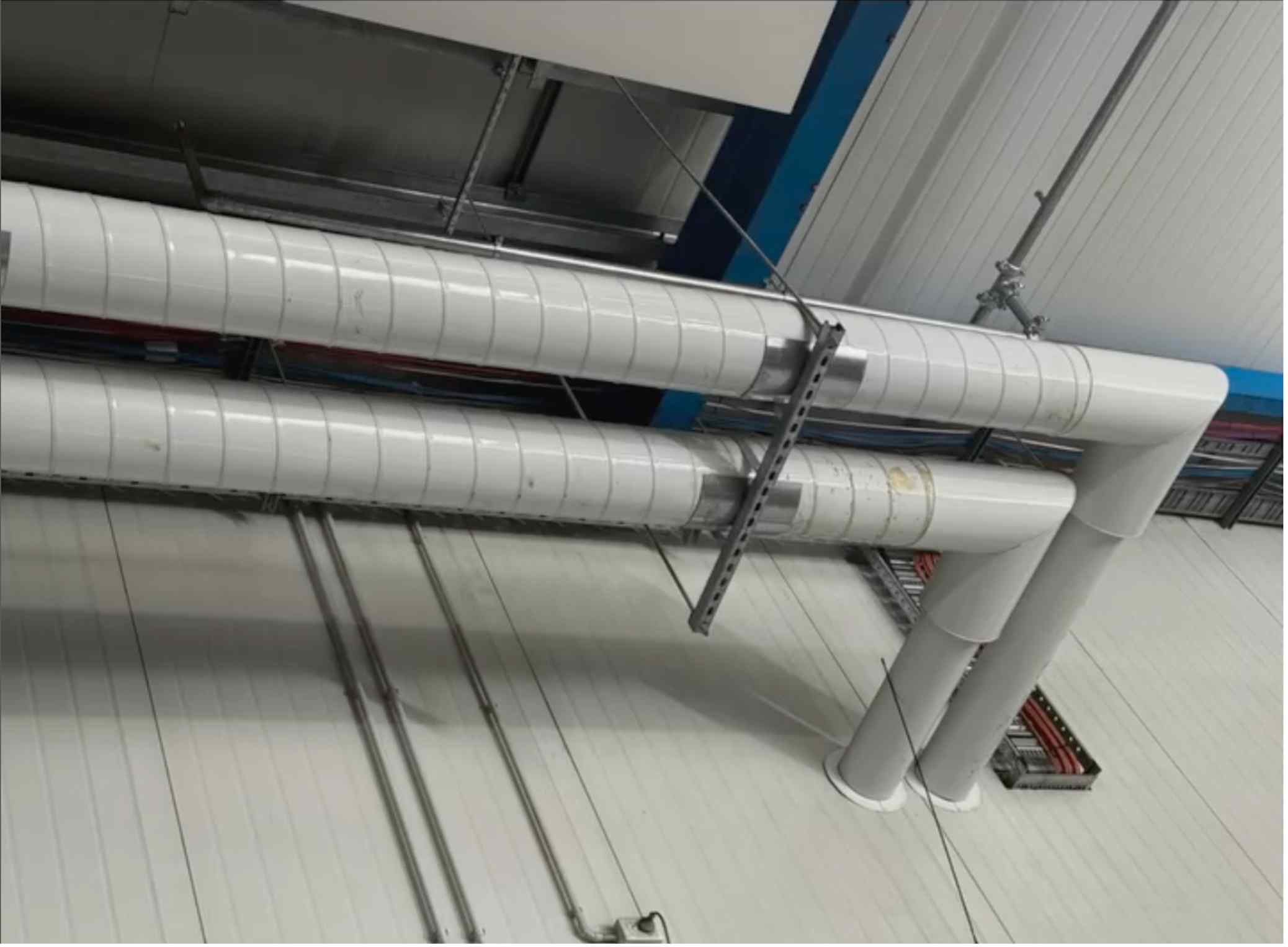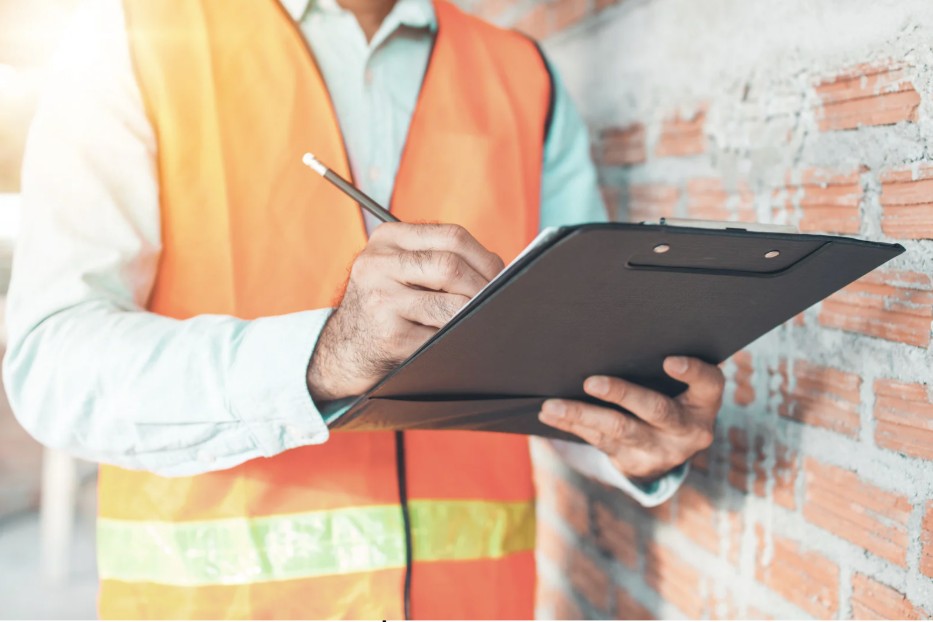The Role of Pipe Lagging in Reducing Carbon Footprint
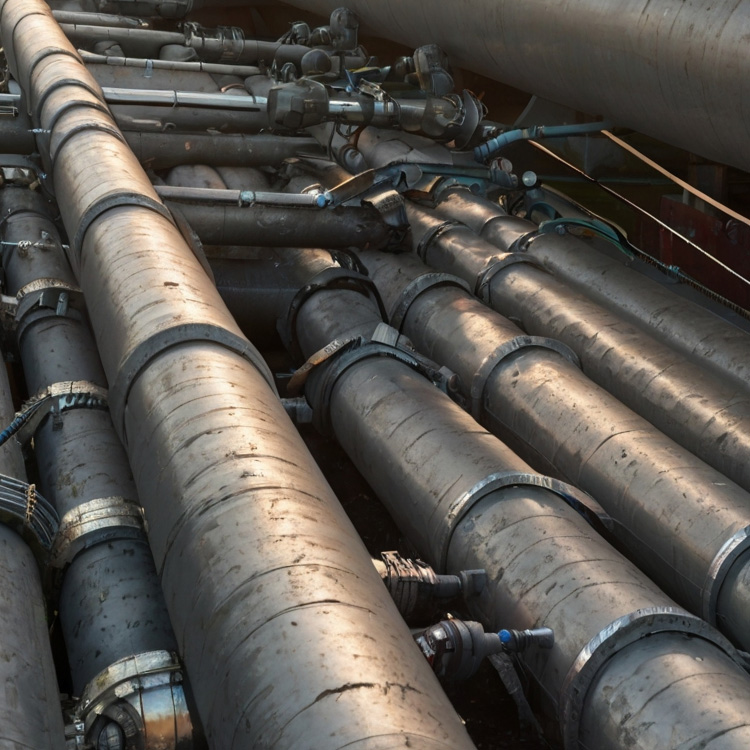
As the world grapples with climate change and the urgent need to reduce carbon emissions, every effort counts. In Australia, one practical and often overlooked measure to mitigate carbon footprint is the use of pipe lagging. By enhancing energy efficiency and reducing greenhouse gas emissions, pipe lagging plays a crucial role in our fight against global warming.
Pipe lagging, or pipe insulation, involves wrapping pipes with insulating materials to prevent heat loss or gain. This practice not only improves energy efficiency but also protects pipes from freezing and reduces noise. By maintaining optimal temperatures within the pipes, lagging ensures that heating and cooling systems work more efficiently, leading to substantial energy savings.
The Environmental Impact of Energy Consumption
Energy consumption is a major contributor to carbon emissions. In Australia, buildings account for a significant portion of energy use, primarily for heating, cooling, and hot water systems. Inefficient energy use in these systems results in higher greenhouse gas emissions, contributing to climate change.
How Pipe Lagging Reduces Carbon Footprint
Improving Energy Efficiency:
Insulating pipes ensures that heat is retained within hot water pipes and kept out of cold water pipes. This reduces the need for additional heating or cooling, thereby lowering energy consumption. Efficient energy use means less demand for electricity, much of which is still generated from fossil fuels in Australia.
Reducing Greenhouse Gas Emissions:
Lower energy consumption directly translates to reduced greenhouse gas emissions. By improving the efficiency of heating and cooling systems, pipe lagging helps decrease the amount of CO2 and other harmful gases released into the atmosphere.
Minimising Heat Loss:
In Australian homes and businesses, a significant amount of energy is lost through uninsulated pipes. Pipe lagging acts as a barrier, minimising heat loss and ensuring that the energy used for heating is effectively utilised. This not only conserves energy but also reduces the overall carbon footprint of the building.
Preventing System Overload:
Insulated pipes reduce the strain on heating and cooling systems, prolonging their lifespan and reducing the frequency of maintenance and replacements. This contributes to sustainability by lowering the demand for new equipment and the resources required to produce them.
Case Studies and Real-World Examples
Several Australian businesses and households have seen significant benefits from pipe lagging. For instance, a Melbourne-based commercial building reported a 20% reduction in energy bills after insulating their pipes, translating to a substantial decrease in their carbon footprint. Similarly, homeowners in Sydney have noted improved efficiency in their hot water systems, leading to lower energy usage and reduced emissions.
Choosing the Right Insulation
Selecting the appropriate insulation material is crucial for maximising the benefits of pipe lagging. Common materials include:
Fibreglass: Known for its high-temperature resistance and moisture repelling properties.
Foam: Easy to install and effective for a wide range of temperatures.
Mineral Wool: Excellent thermal and acoustic insulation with high fire resistance.
Polyethylene: Flexible and moisture-resistant, suitable for both hot and cold water pipes.
Professional Installation and Compliance
While DIY pipe lagging can be tempting, professional installation ensures that the right materials and techniques are used, maximising efficiency and compliance with Australian standards. Experts like Martis Laggers in Melbourne offer specialised services to ensure your insulation needs are met effectively and sustainably.
In the quest to reduce carbon emissions and combat climate change, every measure counts. Pipe lagging, though often overlooked, plays a significant role in improving energy efficiency and reducing the carbon footprint of homes and businesses in Australia. By investing in proper insulation, we not only save on energy costs but also contribute to a more sustainable and environmentally friendly future.
For comprehensive and professional pipe lagging services, Martis Laggers provides tailored solutions that ensure your systems are efficient and your carbon footprint is minimised. Embrace the benefits of pipe lagging and take a step towards a greener tomorrow.
Disclaimer
This website is aimed at disseminating information free of charge for the benefit of the public. We do not guarantee, and accept no legal liability whatsoever arising from or connected to, the accuracy, reliability, currency or completeness of any material contained on this website or on any linked site. We recommend that users exercise their own skill and care with respect to their use of this website and that users carefully evaluate the accuracy, completeness and relevance of the material on the website for their purposes. The material on this website is a summary only of the subject matter covered and is not intended to be nor should it be relied on as a substitute for legal or other professional advice. Users should obtain any appropriate professional advice relevant to their particular circumstances. The material on this website may include the views or recommendations of third parties, which do not necessarily reflect the views of ours, or indicate its commitment to a particular course of action.
